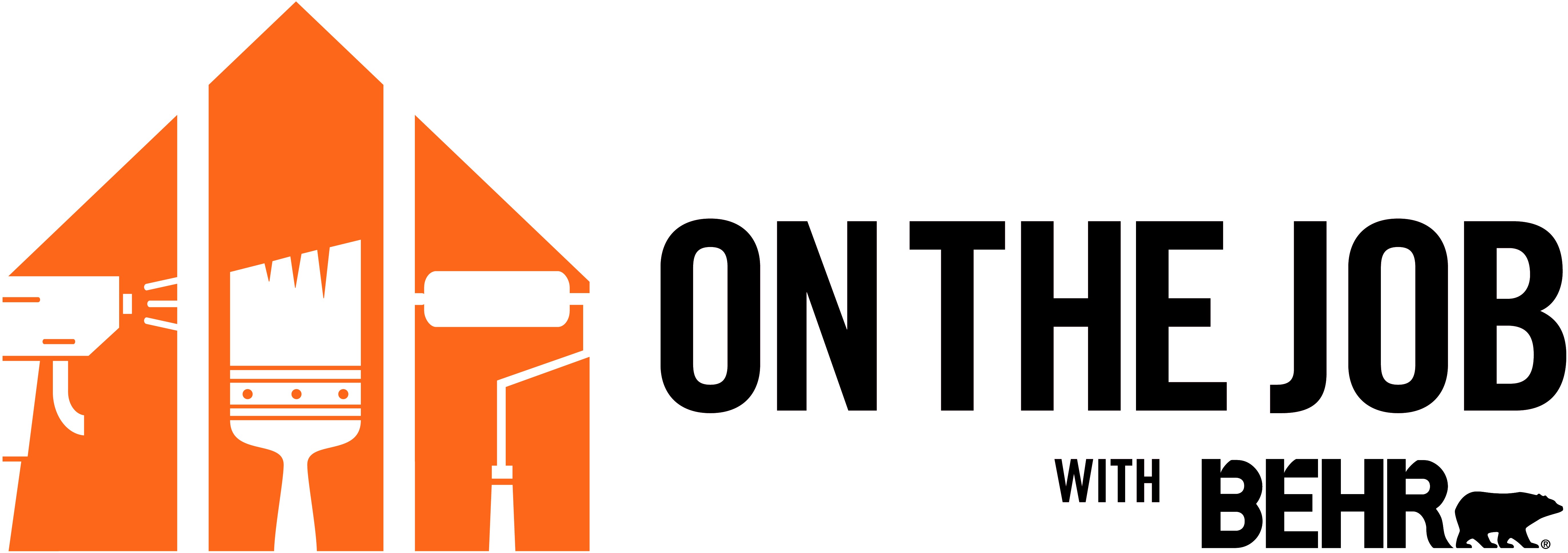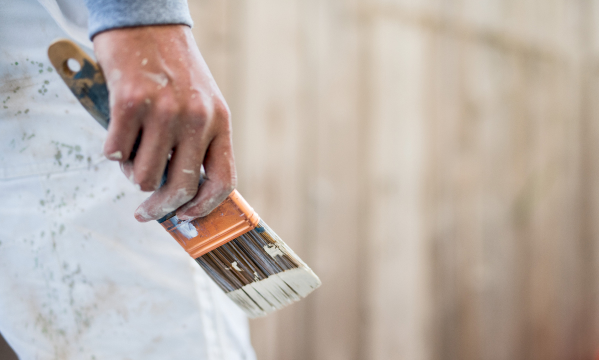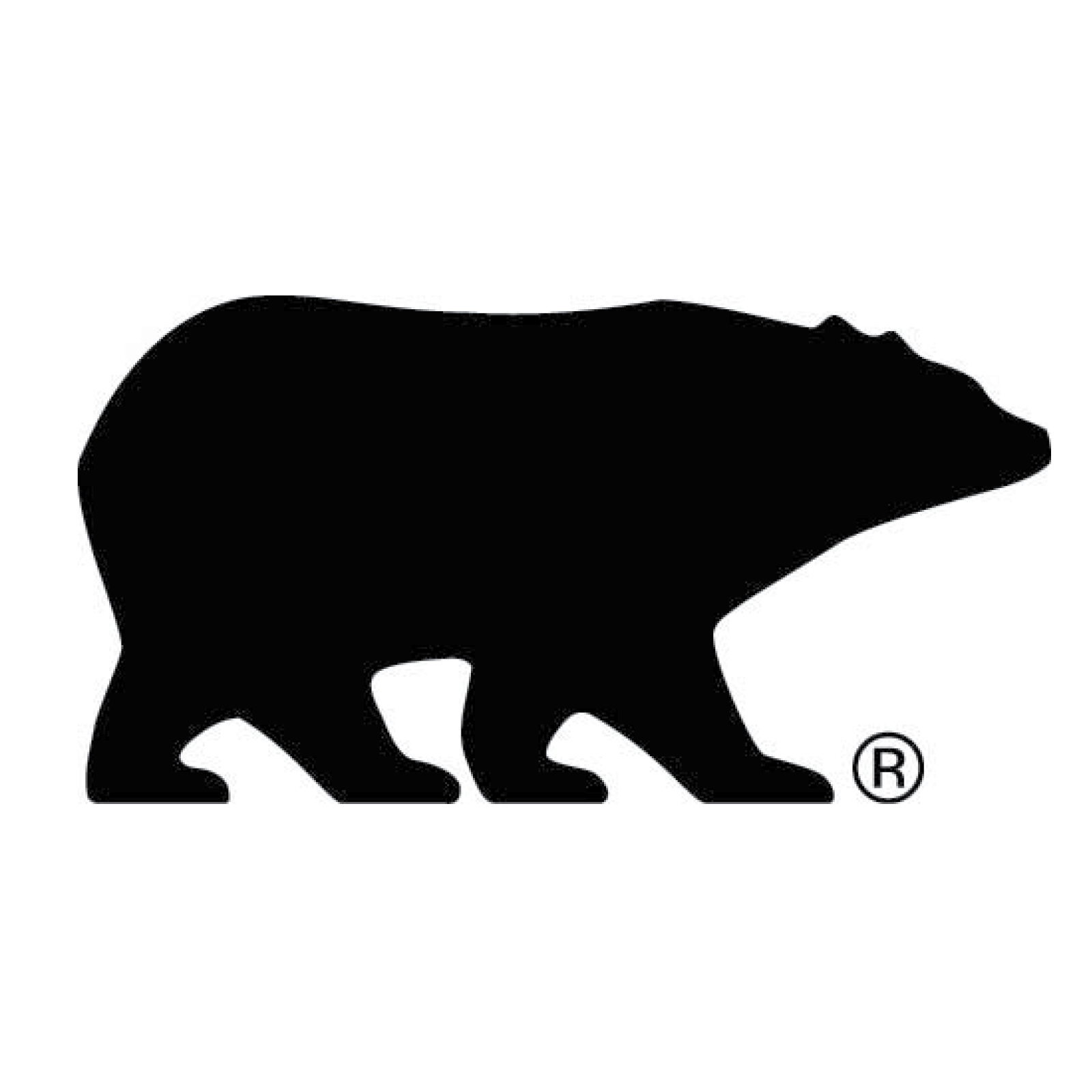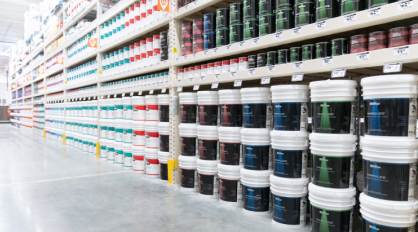Business Building
Find tips on building a professional painting business with Behr business building resources, including marketing materials, referral programs, and more.
Business Building
Pro Tips
1 month ago
Learn more about Behr’s variety of color services including custom paint color matching. We can color match paint from any competitor to meet your project needs.
1 month ago

2024 Property Management Outlook
4 months ago
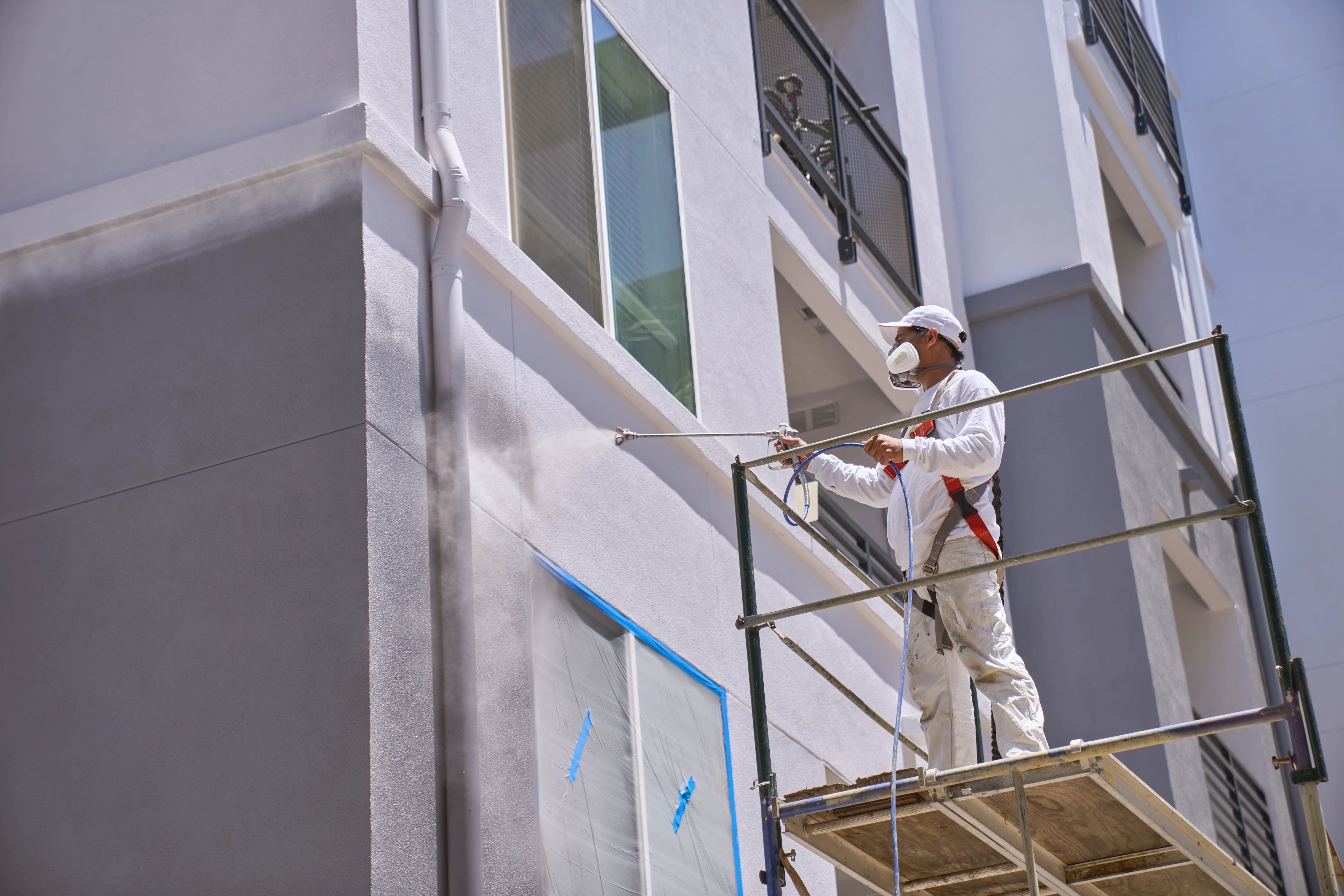
2024 Paint Industry Outlook
5 months ago

Path to Pro Skills Program
1 year ago
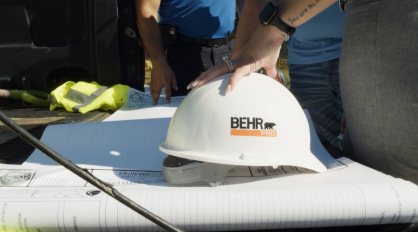
The Power of Teamwork
2 years ago
